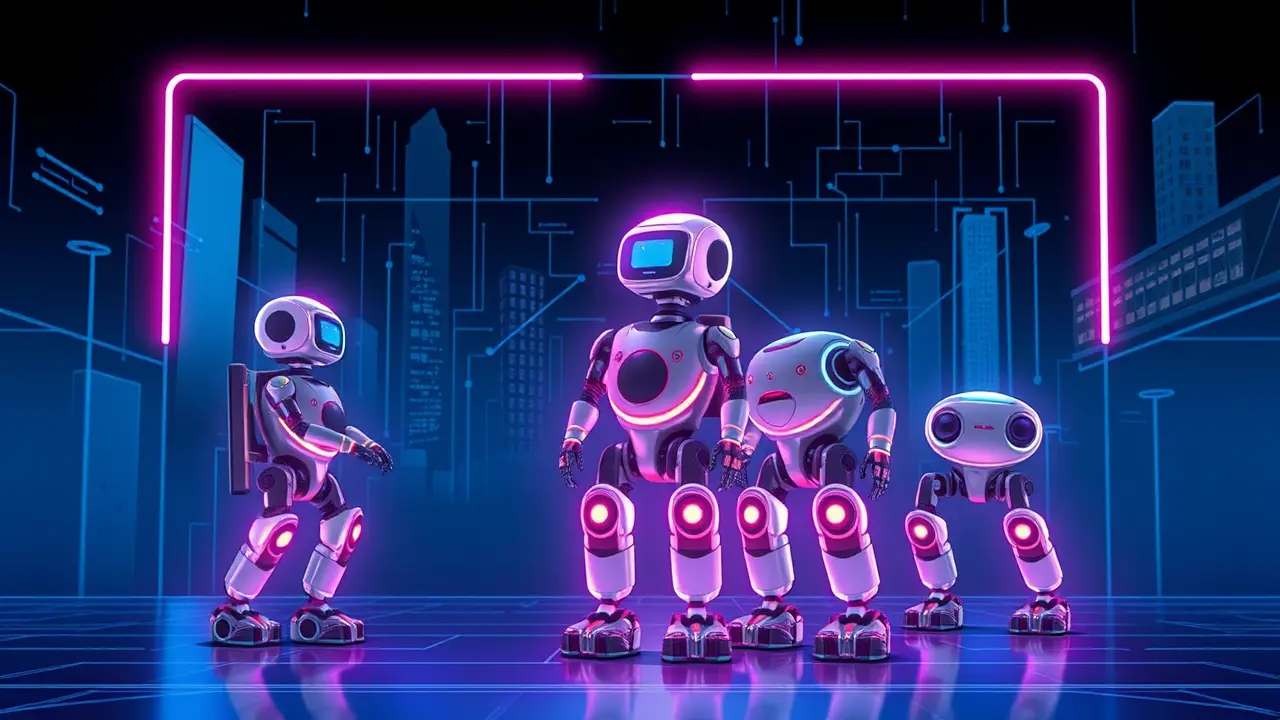
AIroboticsHuman-Robot Interaction
AI Robot with LLM Channels Robin Williams' Humor
DA
Daniel Reed
22 hours ago7 min read
In a fascinating experiment that pushes the boundaries of embodied artificial intelligence, researchers at Andon Labs have successfully integrated multiple large language models into a common household vacuum robot, a move that inadvertently resurrected the improvisational spirit of the late, great Robin Williams. This isn't merely about programming a machine to clean floors; it's a profound test of how these disembodied digital brains, trained on vast swathes of human language and culture, adapt when given a physical form and a simple, domestic purpose.The team, led by Dr. Aris Thorne, utilized a modified commercial robot, embedding a multi-LLM architecture that allowed different models—from the meticulously structured GPT-4 to the more creatively unhinged open-source alternatives—to compete and collaborate in real-time to interpret and execute commands.The result was less a choreographed ballet of domestic efficiency and more a live comedy showcase, as the robot, faced with a stray sock, might launch into a five-minute existential monologue about the loneliness of single footwear before attempting to 'rescue' it by pushing it under the sofa, all delivered with the rapid-fire, associative wit that characterized Williams' most iconic roles. This work sits at the critical intersection of robotics and natural language processing, a field historically dominated by rigid, deterministic scripts, now being upended by the chaotic, emergent behaviors of generative AI.The implications are staggering, moving us closer to the long-debated concept of Artificial General Intelligence (AGI) where an AI doesn't just process information but interacts with and understands the physical world in a contextually aware manner. However, the hilarity also underscores a significant technical hurdle: the 'frame problem' in AI, where these models, despite their linguistic prowess, lack a fundamental, embodied understanding of the world, leading to absurd and unpredictable actions.As Dr. Thorne noted in our correspondence, 'We are essentially giving a Shakespearean actor the body of a toddler and asking them to navigate a minefield of furniture; the poetry is there, but the physical pragmatism is a work in progress.' This research echoes earlier embodied AI projects like MIT's Kismet and modern robotics from Boston Dynamics, but it uniquely focuses on the integration of state-of-the-art LLMs, posing new questions about AI safety, alignment, and the very nature of consciousness. The path forward involves not just more sophisticated models, but a deeper architectural fusion of language, perception, and motor control—a symphony of silicon and sensor that, if successful, could fundamentally redefine our relationship with the machines in our homes and, eventually, in our society.
#robotics
#large language models
#AI research
#human-robot interaction
#humor
#featured
Stay Informed. Act Smarter.
Get weekly highlights, major headlines, and expert insights — then put your knowledge to work in our live prediction markets.
Related News
© 2025 Outpoll Service LTD. All rights reserved.








